You made the decision to set up an online store. You are in good company. Annual e-commerce sales are predicted to total nearly 2 trillion dollars in 2017. This number is greater than the entire GDP of every nation on earth except for the US, China, Japan, Germany, the UK, India, France, and Brazil! In case you are still not convinced, read through our recent post, the 4 Reasons to Launch an Online Store. This article walks you through the top 4 reasons to launch an online store, and reinforces your smart business decision to step into the world of e-commerce.
69% of Americans shop online at least once a month (Elavon)
The prospect of starting an online store is intimidating but, not having an online store could be costing you more than you know. That is why we’ve compiled this step-by-step guide to get you started!
Choose Your E-Commerce Hosting Provider.
There are two types of payments pages, Hosted Payments Page or a Self-Hosted Payments Page. If you are new to website setup, we recommend a hosted payments page. A hosted payments page is usually included with most web development platforms. If you want everything you need for an e-commerce account our of the box, contact NXGEN and ask about our 3dCart option.
Hosted payments page is provided by and maintained by a software provider (or processor), and all costs are inclusive on a single bill.
Self-hosted payments page is when you have your own server, create, download and maintain the payments page and the security yourself.
By Q4 2016, desktop e-commerce sales totaled $86.6 billion with a growth of 13% over Q4 2015 (Elavon).
Choose a Domain Name and An Online Branding Strategy.
Unfortunately, your company’s name might not be available — but this quick guide should be helpful when deciding on a domain name.
Select a Payment Processor.
To accept payments online, you need an online payment processor: NXGEN may be able to help. NXGEN partners with two of the largest processors in the United States which both offer e-commerce solutions with hosted payments pages and payment gateways included.
Set Up A Merchant Banking Account.
Your payment processor is there to help you set up a merchant account so you can take payments online. Accepting payments online is different than accepting payments over the counter, and often requires an additional merchant account. They work with your bank to finalize payments, and make sure the funds get deposited into your bank account.
Get SSL Certified.
Smart customers don’t trust their information with websites that are not SSL Certified. Contact your hosting provider for information on how to obtain this essential security qualification. SSL certified sites secure the credit card information and other sensitive customer information.
Have a Firewall in Place.
If you host the payments page yourself, make sure that your site and customer information is protected by a Firewall to keep would-be hackers at bay. If you choose a hosted payments page, your processor will take care of this for you.
Build Your Website.
Now that you have the basic hardware needed to make online sales and your online store is secure, it’s time to build your website! Depending on your skill level, you may choose to do this yourself using 3dCart or a similar program, or you hire a professional. Either way, without a website platform, you can’t sell online.
Make it Mobile Friendly.
It’s important to use a web development platform that creates mobile-friendly websites. A vast majority of people shop on their phones. Therefore, don’t miss a chance at a sale because your site doesn’t load correctly for mobile devices.
Mobile eCommerce sales grew to $22.7 billion in Q4 2016, with a growth of 45% over Q4 of 2015. (Elavon)
Setup a Shopping Cart.
You need a shopping cart to sell online. Primarily, the shopping cart holds your customer’s items while they browse your site. Your shopping cart organizes your inventory and presents the items to your payment gateway.
Choose Your Shipping Options.
It is wise to offer your customers a variety of shipping options, especially if you target international markets. There are loads of shipping variables to consider, such as:
- What if your customer wants their package overnight?
- What if the package is sent to an address different than the buyer?
- How do you plan to print labels or send your customers tracking information?
Many shipping software systems create the labels, attach tracking information, and manage the items that are shipped. We recommend picking your shipping software after you decide on your hosting provider to make sure that the two components are compatible.
Conclusion
The data is in, and online sales are booming. If you are not selling online, now is the time, seize the moment, grow your business and your customer base!
Do you want to learn more about portals? Visit NXGEN online today for a wealth of useful information or if you would like an NXGEN Representative to contact you, fill out our web form!

